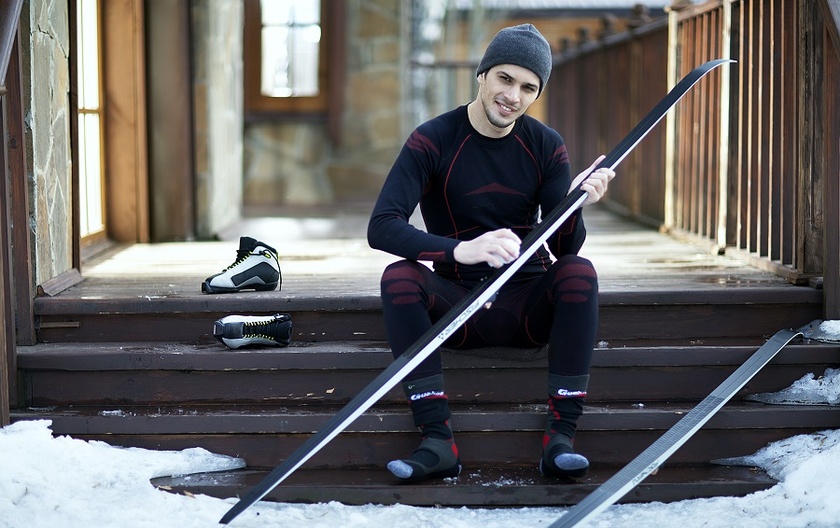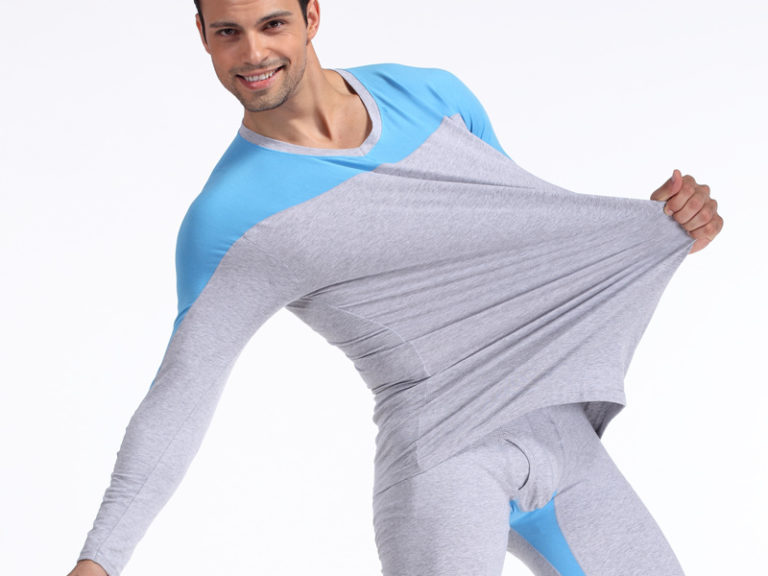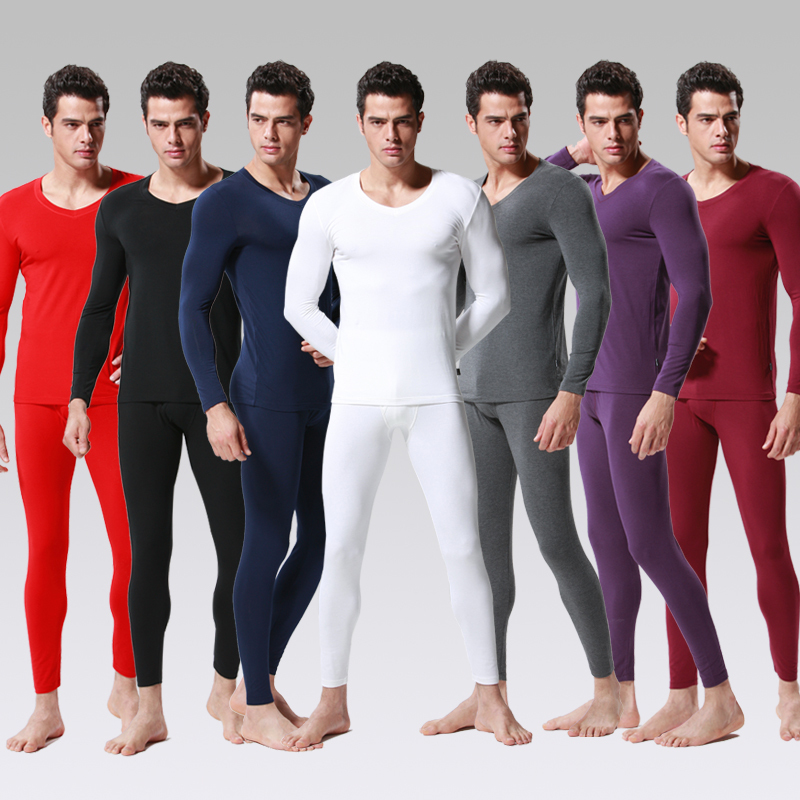How to choose men’s thermal underwear

With the approach of winter, many men consider buying thermal underwear. What does it represent? Long-sleeved shirts and leggings or boxer shorts. Some sets also include thermal socks.
Lightweight and unencumbering thermal underwear seems like an ideal option not only for sports or tourism. It is used by ordinary city dwellers — those who do not mind giving up a heavy fur coat and bulky down jacket in favor of a comfortable alternative.
Working principle of thermal underwear
In fact, it’s not that simple. In winter, a person feels cold because the sweat on their skin doesn’t evaporate, but instead soaks into their clothes. Wet fabric touches the body and takes away heat from the surface of the skin. Thermal underwear is designed to solve this problem. It removes excess moisture while remaining dry and allowing the skin to breathe.
The main purpose of men’s thermal underwear for cold weather, oddly enough, is not to keep warm, but to effectively remove moisture from the surface of the skin. Therefore, it is important to understand that it is primarily chosen by those who engage in physical activity in cold conditions and cannot comfortably change and dry off.
In stores, all sorts of things are sold under the guise of thermal underwear. Sometimes, even underwear with completely opposite properties — for example, regular cotton undershirts and leggings. Cotton absorbs and holds moisture well. In such clothes, after sweating a couple of times, you are simply doomed to freeze.
How to choose good men’s thermal underwear? The answer depends on what you need. Are you tired of freezing on the way to work? Do you want winter underwear for active sports? Are you concerned about sensitive skin? Let’s take a closer look at the variety of thermal wear types.
Thermal underwear can be classified according to three parameters:
- material — synthetic, natural or mixed;
- fabric density — thin «single-layer» or multi-layer models;
- purpose and functionality — warming and water-repellent underwear depending on the type of activity.

Type of material
Synthetic fabrics repel water well, which is why high-quality thermal underwear is made from synthetic materials. Some include natural wool, cotton, or blends.
Specialized sports thermal clothing doesn’t contain cotton at all. It is only added for softness in everyday underwear.
Bamboo fabric is a good alternative to cotton. Bamboo sets are more expensive, but this is offset by their softness and beneficial effect on the skin.
The thickness and density of the fabric
Single-layer thermal underwear is designed for efficient moisture removal. It can be worn not only in cold conditions, but also in hot climates — for example, when traveling to tropical countries.
Winter models with increased thickness better retain heat, but are worse at removing moisture.
Purpose and functionality
There are three types of thermal underwear:
- One type is designed to effectively wick moisture away from the skin;
- Another type is designed to provide warmth;
- While a third, compromise option combines both functions.
Models for extreme sports are made from pure synthetic fabrics, just like sportswear for water sports. These items have to withstand extended use, such as multi-day river trips, alpine climbs, and hiking expeditions.
Polypropylene is considered the ideal water-repellent material. It does not absorb moisture at all, so it is used exclusively in sets for extreme and water sports.
For greater comfort, a small amount of natural fabric is added to sportswear. These models can withstand 5-10 hours of wear, but then the clothing starts to retain moisture and requires drying.
Softness and comfort are essential features of everyday wear underwear. It is often made with a high content of cotton or wool.

How to choose the right size for men’s thermal underwear
The fabric of thermal underwear should fit tightly to the skin in order to effectively remove moisture and prevent freezing. Therefore, the size also needs to be carefully selected, avoiding possible folds and sagging of the material.
Men’s sizes for the set are determined using simple measurements: sleeve length and chest-to-waist circumference. A visual correlation of underwear sizes and measurements is shown in the table.
Men’s thermal underwear size chart
| International size | S | M | L | XL | XXL |
| Chest volume | 89 | 99 | 109 | 119 | 130 |
| Sleeve length | 80 | 83 | 85 | 88 | 90 |
| Waist measurement | 74 | 84 | 94 | 104 | 114 |
Conclusions
There is no significant difference in what thermal underwear to choose for everyday wear — fleece, woolen, synthetic or with cotton additives. It is important not to make a mistake with the thickness. Thin underwear is for warm seasons, thick — for low temperatures.
For skiers, winter fishing enthusiasts, snowboarders, the right choice will be underwear with the addition of natural fibers. Here, not only the ability of the underwear to remove moisture is important, but also its thermal insulation properties.
Synthetics and only synthetics, if you choose extreme sports with multi-day hikes — regardless of whether it’s winter or summer. Only synthetic underwear can provide comfort in conditions of prolonged continuous use.



